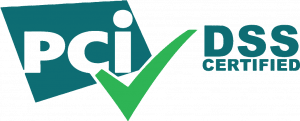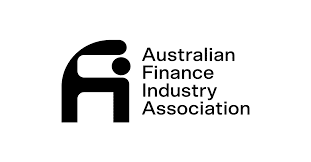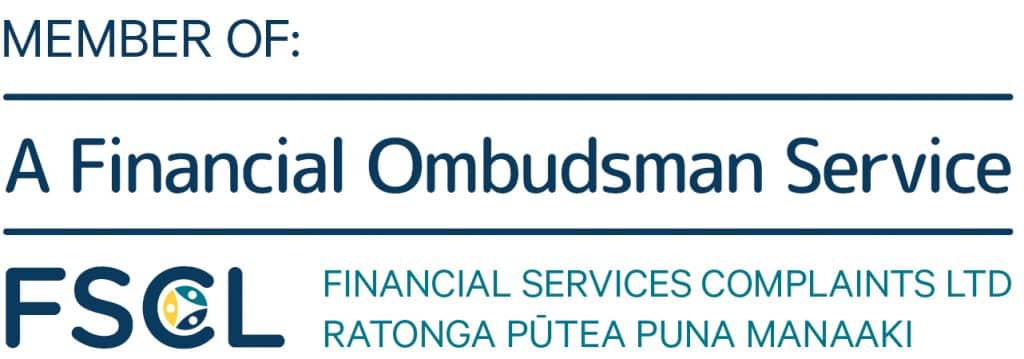By Marcus David
Director of Professional Services
MyChargeBack
Authorized push payment (APP) scams are a type of fraud through which victims are tricked into sending money to fraudsters’ accounts. The fraudsters use various tactics to impersonate someone the victim trusts or expects to pay, such as a loved one, a lawyer, a business associate, or an investment opportunity.
APP scams are often irreversible and hard to dispute because the payment is authorized by the victim and the money can be moved or laundered quickly. The victim is usually liable for the loss and may not be able to recover their money from their bank or the payment service provider.
However, there are some cases in which victims of APP scams can request a chargeback from their bank or payment service provider. A chargeback is a process that reverses a transaction and returns the funds to the cardholder. Chargebacks are typically used for cases of unauthorized transactions, such as when a card is stolen or used fraudulently.
But what about authorized transactions that turn out to be scams? Can victims of APP scams get their money back through chargebacks? And if so, how easy or hard is it?
The Challenges of Getting Chargebacks for APP Scams
There are several challenges that victims of APP scams face when trying to get chargebacks for their transactions. Some of these challenges are:
- Lack of clear rules and regulations
There is no universal standard or regulation for how banks and payment service providers should handle chargebacks for APP scams. Different countries and regions may have different laws and guidelines for consumer protection and dispute resolution. For example, in the UK, there is a voluntary code of practice that some banks have adopted that sets out how they should treat customers who have fallen victim to APP scams and how and under what circumstances they should reimburse them However, not all banks have accepted this code and not all cases are eligible for reimbursement. In the U.S., there is no specific regulation for APP scams, but some consumer protection laws may apply depending on the type of payment method used and the nature of the scam.
- Lack of evidence and proof
Another challenge that victims of APP scams face is proving that they were scammed and that they acted reasonably and in good faith when making the payment. Fraudsters often use sophisticated techniques to manipulate and deceive their victims, such as spoofing phone numbers, email addresses, websites, and documents. They may also pressure their victims to act quickly and not share any information with anyone else. As a result, victims may not have enough evidence or documentation to support their claim for a chargeback. They may also face questions and scrutiny from their bank or payment service provider about why they made the payment and whether they verified the identity and legitimacy of the recipient.
- Lack of cooperation and communication
A third challenge that victims of APP scams face is the level of cooperation and communication from their bank or payment service provider, as well as the recipient’s bank or payment service provider. To obtain a chargeback request, both parties need to agree on the validity of the claim and on the amount and timing of the refund. However, this may not always happen smoothly or quickly. Some banks or payment service providers may be reluctant or slow to cooperate with chargeback requests for APP scams, especially if they have to bear the cost of the refund. Some may also have different policies and procedures for handling such requests, which may cause delays or confusion. Additionally, some recipients’ banks or payment service providers may not be cooperative or responsive at all, especially if they are located in different countries or jurisdictions.
How to Increase Your Chances of Getting Chargebacks for APP Scams
Despite these challenges, there are some steps that victims of APP scams can take to increase their chances of getting chargebacks for their transactions. Some of these steps are:
- Act fast
The sooner you realize that you have been scammed and report it to your bank or payment service provider, the better your chances of getting your money back. Acting fast can help prevent further losses and increase the likelihood of tracing and recovering your funds before they are moved or laundered by the fraudsters. It can also help you meet any deadlines or time limits that your bank or payment service provider may have for filing chargeback requests.
- Gather evidence
The more evidence you have to support your claim for a chargeback, the stronger your case will be. Try to gather as much information and documentation as possible about the transaction and the scam, such as receipts, invoices, contracts, emails, texts, phone records, screenshots, etc. You should also keep a record of all your communications and interactions with your bank or payment service provider and with the recipient’s bank or payment service provider regarding the chargeback request. This can help you prove that you acted reasonably and in good faith and that you followed the instructions and procedures of your bank or payment service provider.
- Seek help
Getting a chargeback for an APP scam transaction can be a complex and stressful process. You may need professional or legal help to navigate the rules and regulations of different countries and regions and to deal with the banks and payment service providers involved. You may also need emotional or psychological support to cope with the impact of the scam on your well-being and mental health. There are various organizations and agencies that can provide you with help and advice, such as consumer protection groups, fraud prevention agencies, law enforcement authorities, victim support services, etc. You should not hesitate to reach out to them and seek their assistance.
Are you worried about losing your money to scammers? Do you want to know how to protect yourself from authorized push payment fraud? If you answered yes, then you need to visit MyChargeBack today! MyChargeBack is a website that helps you recover your funds from fraudulent transactions. We have a team of experts who can assist you with filing a chargeback request, disputing the transaction, and getting your money back. Whether you were tricked by a fake invoice, a romance scam, a purchase scam, or any other type of scam MyChargeBack can help you fight back and reclaim your hard-earned cash. Don’t let the scammers get away with your money.






